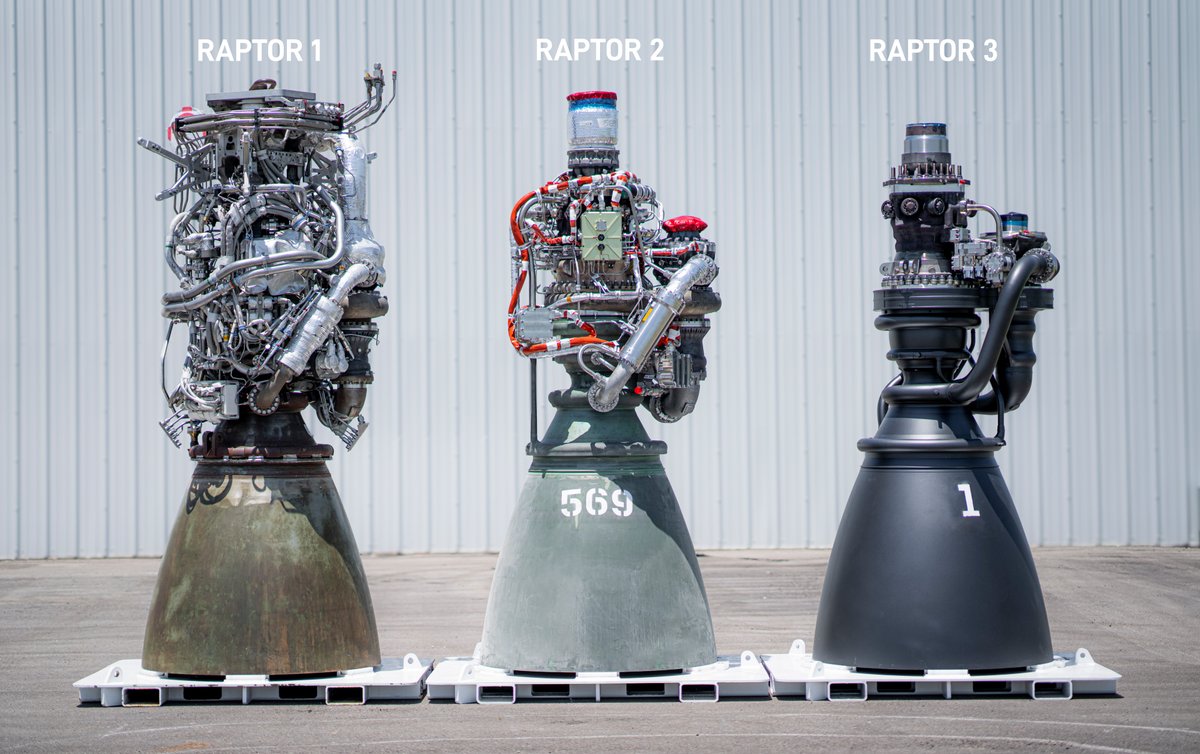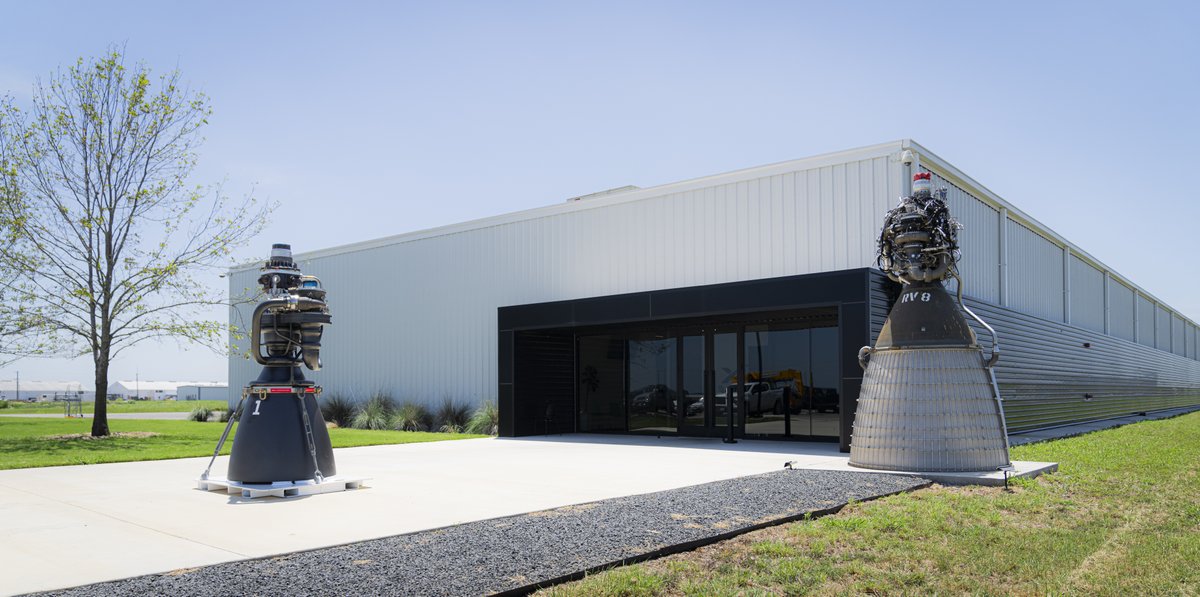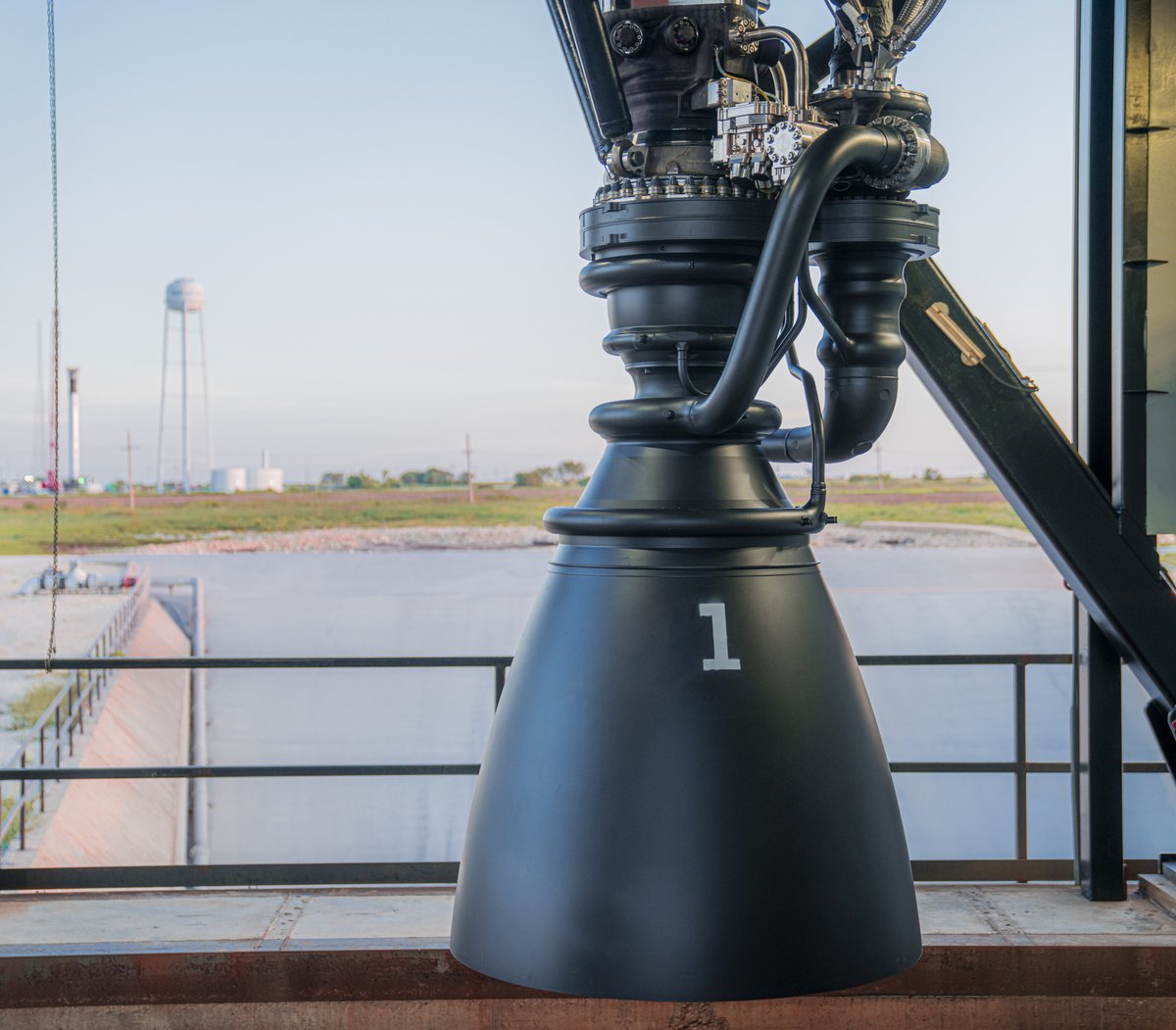Thrust: 280tf
Specific impulse: 350s
Engine mass: 1525kg
Engine + vehicle-side commodities and hardware mass : 1720kg
Embedded photos at max resolution:
Follow up tweets from Elon:
https://x.com/elonmusk/status/1819779440752181445
Important to note that the induced mass (mass required by a given engine design that is not the engine itself) of Raptor 3, while far better than Raptor 2, still has a lot of room for improvement.
Thrust will exceed 300 tons with Raptor 3.x (thrust/mass>200), enabling 10,000 tons of thrust at liftoff and there might be up to 5 sec of Isp gain over time.
Getting close to the limit of known physics.
https://x.com/elonmusk/status/1819781279828636041
In a few years, we will finally have a Raptor 3/4 vacuum version (giant nozzle) that has an Isp of 380
That is one slick looking rocket engine.
It’s so slick and clean looking ! It looks like the concept version of the engine.
The work this group is pumping out is insane. Just the part deletion progression is impressive but the thrust, bar, and isp gains in the process are amazing.
Performance stats of previous versions:
Raptor 1 (sea level variant)
Thrust: 185tf
Specific impulse: 350s
Engine mass: 2080kg
Engine + vehicle-side commodities and hardware mass: 3630kg
Raptor 2 (sea level variant)
Thrust: 230tf
Specific impulse: 347s
Engine mass: 1630kg
Engine + vehicle-side commodities and hardware mass: 2875kg
Raptor 3 is designed for rapid reuse, eliminating the need for engine heatshields while continuing to increase performance and manufacturability







